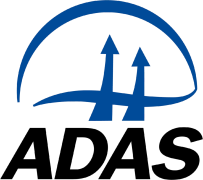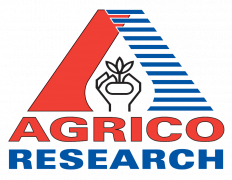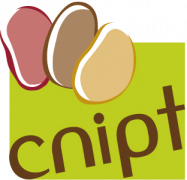Abstract
The combined effects of light treatments [blue 100% (B), white (W), red 80% + blue 20% (RB), red 70% + blue 20% + far-red 10% (RBF), red 100% (R) and fluorescence light (FL)] and photoperiods [4, 8, 12, 16 h] on growth, morphological and biochemical indices of potato in vitro plantlets were assessed. The results illustrate that light treatments and photoperiod enhance the morphological and biochemical traits of plantlets. Under 16 h, RBF light boosted stem length by 26%, internode length by 8%, leaf area by 55%, and leaf number by 82% compared to RB. Far-red fraction improved stem fresh weight (FW) and dry weight (DW) by 30%, leaf FW (24%) and DW (59%), plantlet fresh weight (PFW; 15%), and also plantlet dry weight (PDW; 20%) in comparison with RB light at the longest photoperiod. Far-red fraction raised explant dry weight (EDW) by 112%, explant number by 45%, chlorophyll content by 25%, and carotenoid content by 157% compared to RB light at 16-h photoperiod. Moreover, the highest leaf and explant number, FW and DW stem, DW leaf, PFW and PDW, EDW, and carotenoid content were found in RBF at 16 h compared to the rest. This treatment could be a superior spectra combination for increasing plantlet mass propagation rate and higher explant quality for microtuber or minituber production. Also, the longest photoperiod enhanced growth in most light treatments. Based on these results, it is concluded that the inclusion of far-red in RB spectra ameliorates the growth of plantlets by enhancement of dry weight accumulation in the aerial parts.















